When browsing for ancient civilizations, you will not miss several cultures that are still alive until now. With these civilizations, they create remarkable landmarks that until now it’s still a mystery on how they manage to build it. Their way of engineering and constructions are impeccable in such a way that every structure they build must be precise. Some examples of ancient civilizations are the Pyramid of Egypt, the Angkor Wat in Cambodia, the Borobudur in Indonesia and others. One attraction in Peru that catches the World’s attention is the once with label Lost City of the Incas, Machu Picchu.
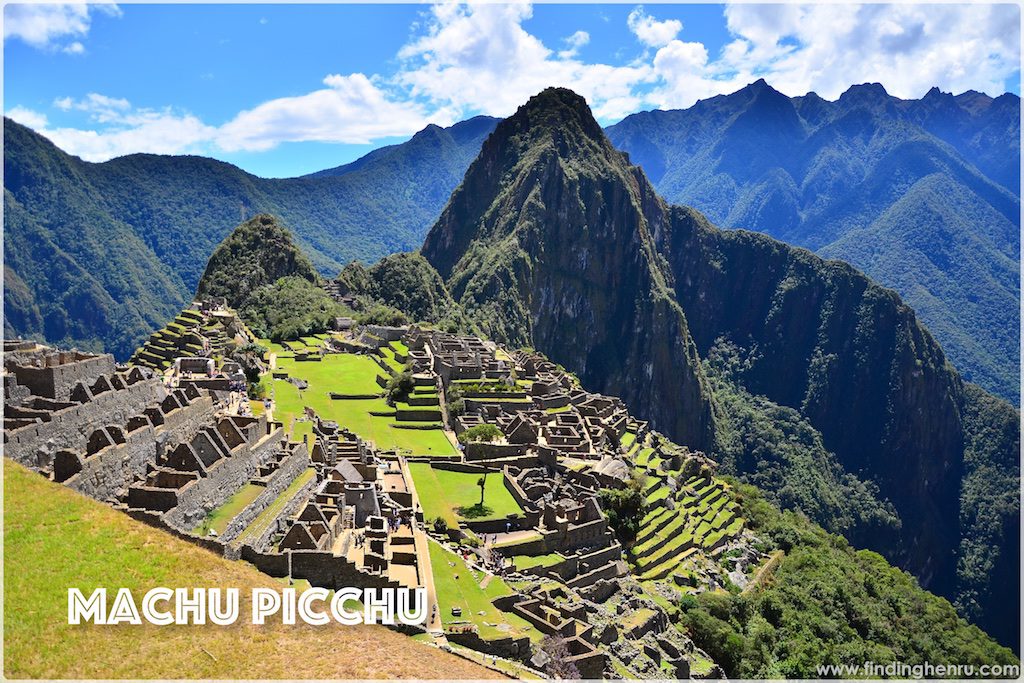
In Peru itself, culture is very rich. You may find different evidences nowadays dating back from one civilization to another. But what differs Machu Picchu from the others is that this is the only Inca City that remains intact even during the Spanish conquest.
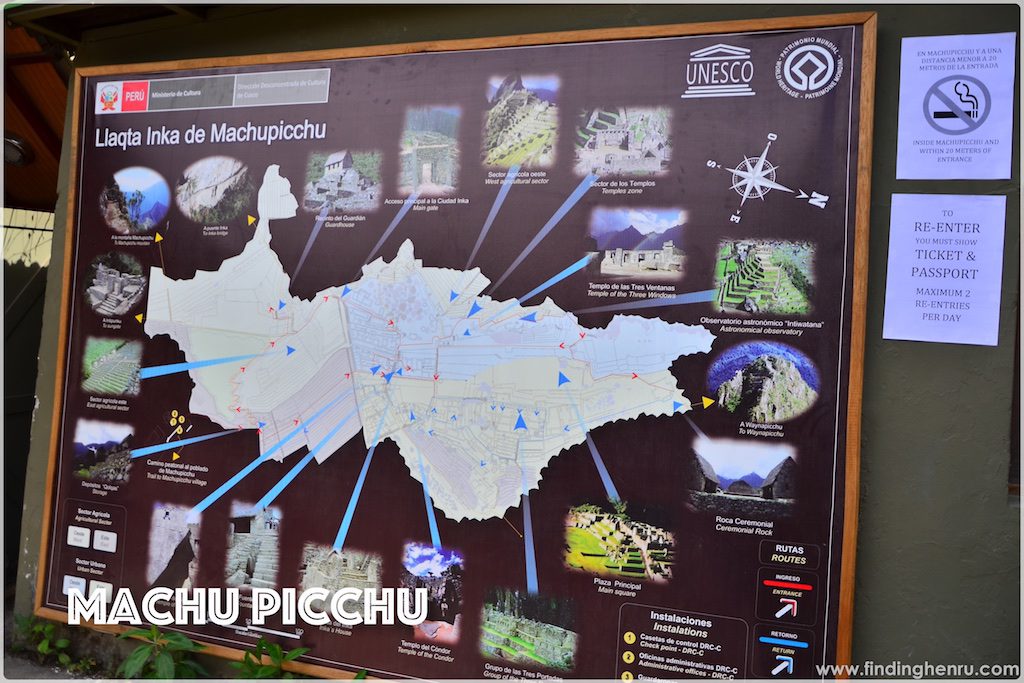
I am wondering how come it happens that Machu Picchu have no signs of Spanish touch when in fact Spain colonizes Peru for more than 300 years. Our tour guide during our Sacred Valley tour enlightens us by telling a story regarding the fight of the last descendant of the Incas. Instead of withdrawing towards Machu Picchu, he withdraws the opposite way so Machu Picchu will be safe from the soldiers. And he is right from doing it.
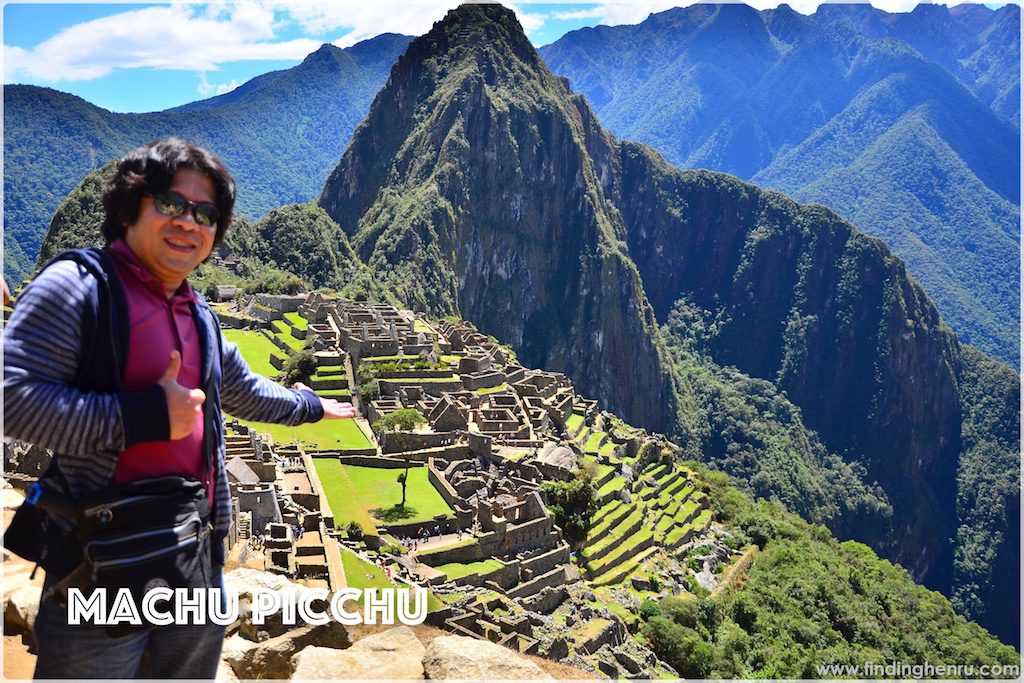
He successfully keeps Machu Picchu from the Spanish conquest and been hidden from the public for more than 300 years until a professor from Yale University spend years of research and expeditions in quest for the Lost City of the Incas. It is really lost in the forest of the mountains near the Sacred Valley. He successfully documents his find in the early 20th century when he encounters a farmer who’s been farming near the structures. Thanks to Professor Hiram Bingham for his effort and dedication in finding the Lost City of the Incas.
The efforts of Bingham leads to the discovery of one Inca temple remain intact by the conquistadors as evidences showing the presence of temples still unbroken comparing to the same temples that are in possession with the Spanish soldiers. Its rich history brings the Peruvian Government to nominate Machu Picchu to be part of the list of UNESCO Heritage Sites. The governing body approves it in 1981. Also, in early 21st century, the world votes Machu Picchu as one of the New 7 Wonders of the World.
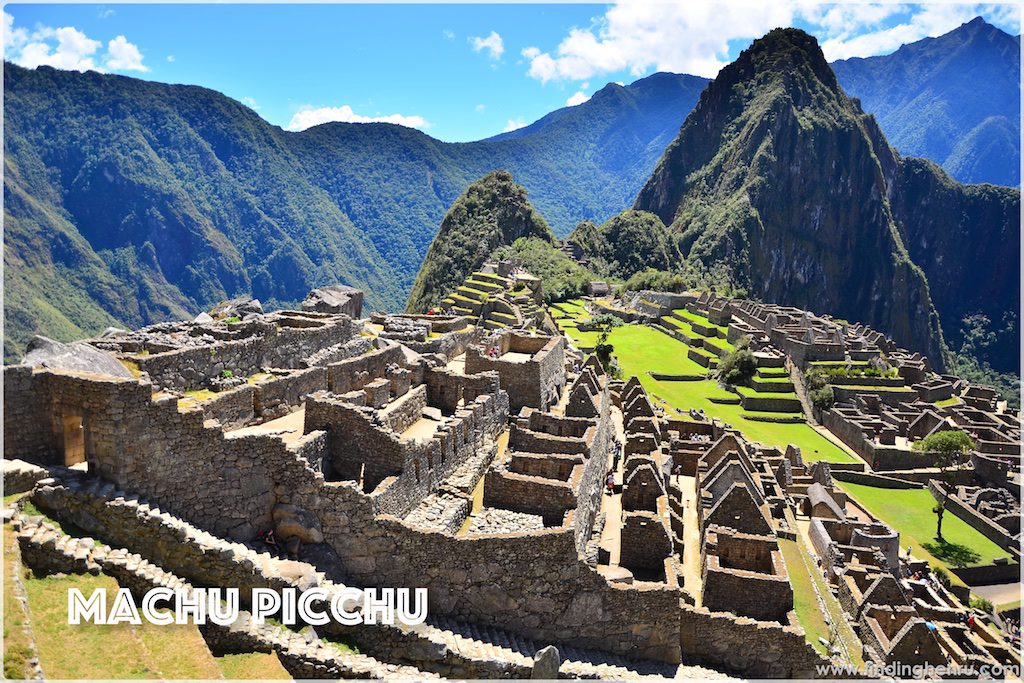
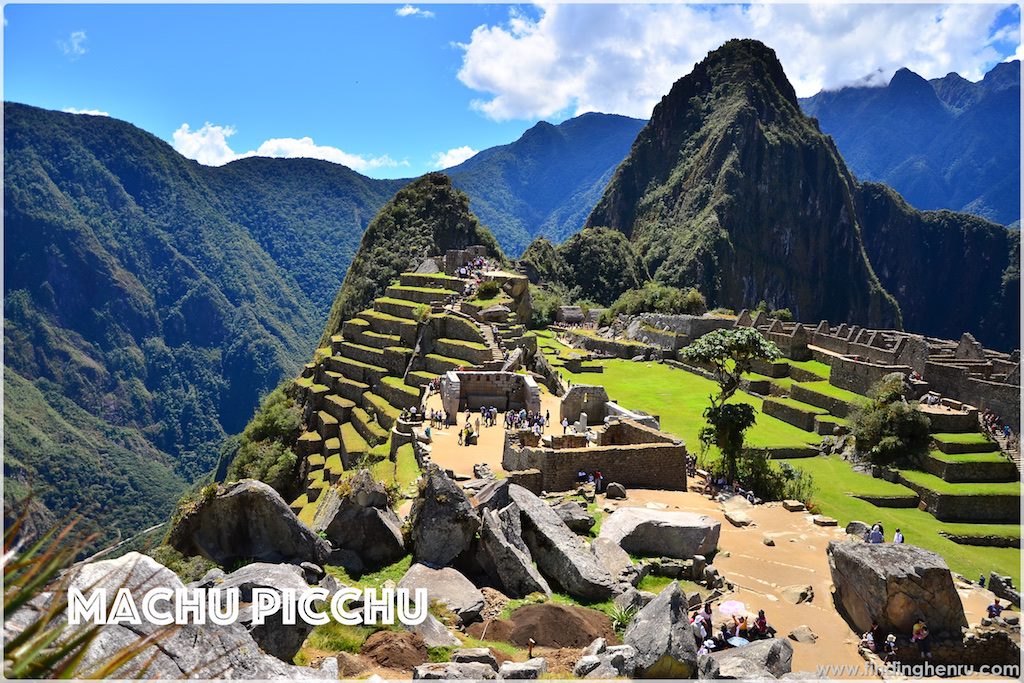
Being one of the New 7 Wonders of the World, it becomes part of my bucket list to visit Peru. I remember my friend from New York says that one day we will be visiting Machu Picchu together and I am always looking forward to that. When I get a chance of flying to South America courtesy of Emirates Airlines, I immediately draft one itinerary that simple includes Cristo Redentor and Machu Picchu as both are in the list of the New 7 Wonders of the World.
In August 2015, I arrive in the town of Aguas Calientes via Perurail. As part of the package from Viajes Pacifico, my agent is already waiting for me at the train station. He also introduces me to my guide during the Machu Picchu tour. He asks me if is it okay for me to leave my bag at one porter who will take it to the hotel for a fee of 5 Soles. I just take some important things from my bag and walk our way to the bus terminal.
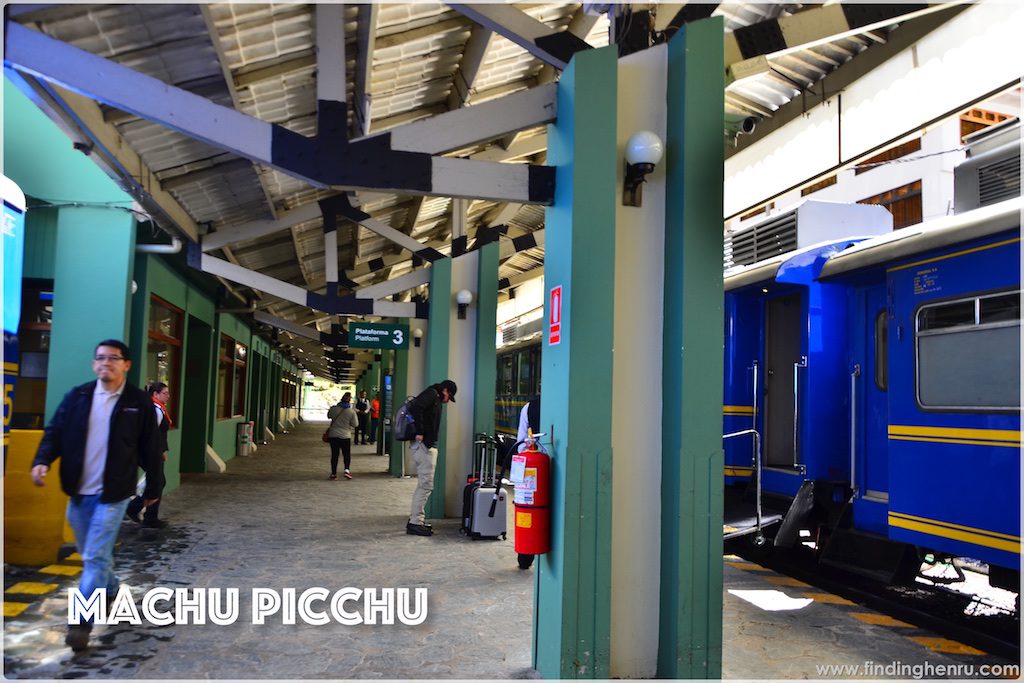
There are two ways to go to the complex: one is by foot and the other one is by bus. It is also interesting to trek towards the entrance of the complex unfortunately I lack training so I must choose the latter. Anyway, everybody can purchase the bus tickets in advance at a cost of 30 Soles.
There is no definite month for tourists to come to Machu Picchu. All-year round they have lots of visitors. However, during winter when it’s also dry season in Peru, quite a number of tourists more than the other season. At the bus terminal, you need to take the long queue just to board the bus. Maybe it’ll have you wait for at least good 20 minutes for you to board the bus. Travel time to the entrance of Machu Picchu will take roughly 25-30 minutes passing along the winding roads.
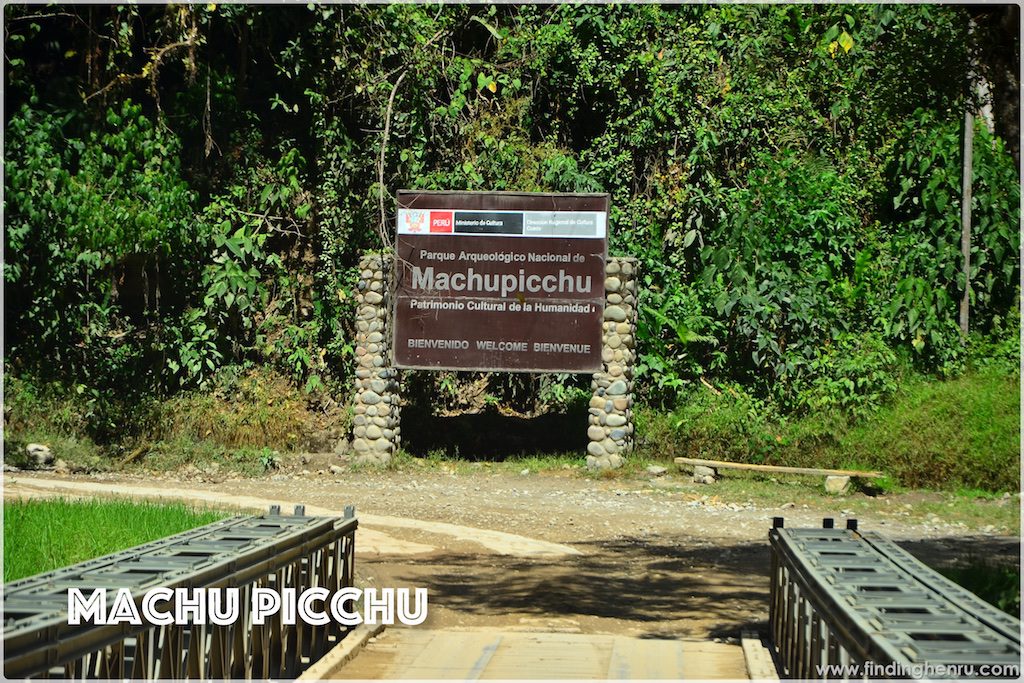
Arriving at the entrance gate is another surprise of how many tourists are visiting Machu Picchu. Before you arrive at the gates, another 20-30 minutes on queue, not just a single line but also three. Oh well, this is how famous Machu Picchu is.
The ticket to Machu Picchu as a general admission allows you to roam around the complex and walk to Inti Punku or Sun Gate. However, if you are also planning to climb Huayna Picchu, you may have to purchase a regular ticket to Machu Picchu plus an additional fee to Huayna Picchu. In my case, I buy two tickets: one for the Machu Picchu complex on Day 1 and another for Huayna Picchu on Day 2. By the way, please take note that they have limit the climb to Huayna Picchu into 400 visitors daily on two batches; one by 8am and another by 10am.
The tours in Machu Picchu come in different languages, depending on the tourists. You can have the option to join the English tour, Spanish, Brazilian and some other dialects. By the way, the official language in Peru is Spanish while they have a local dialect in Peru as well, the Quechua.
I am joining the English private tour by Viajes Pacifico. We are 5 in our group that I really appreciate how they divide their tourists into small groups so everyone can have the attention from the tour guides. I am the only Filipino in our group, a family of three Indians and an American. Most of the local guides are multilingual so they can be very flexible when it comes to their guests.
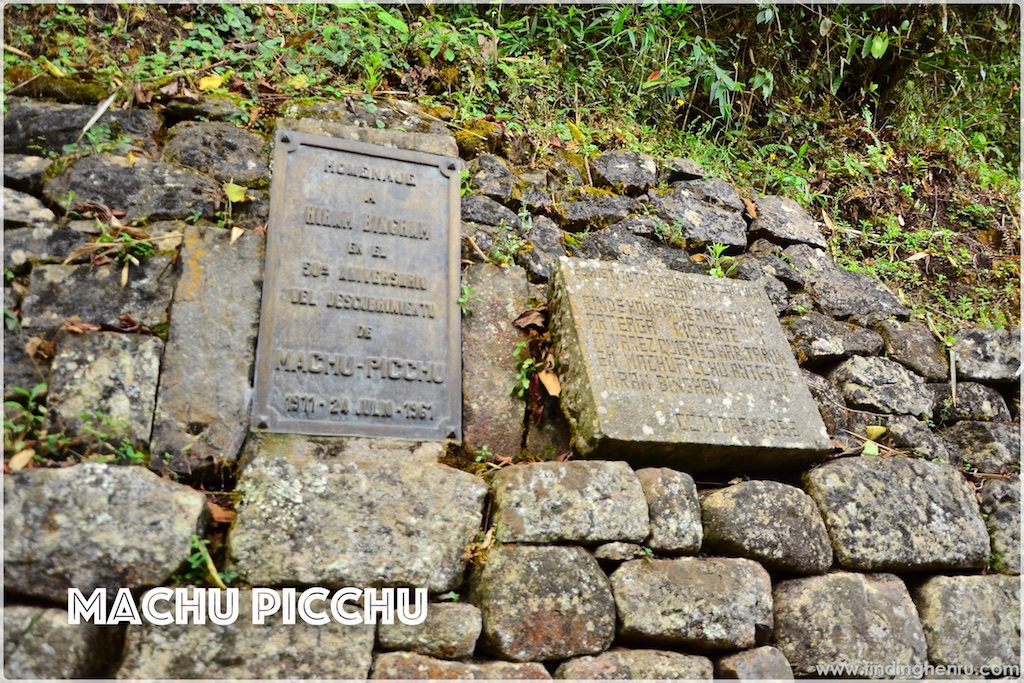
Part of the brief introduction of the complex is the discovery made by Professor Hiram Bingham. There are also lots of theories on the purpose of building Machu Picchu. However, those theories only boil down to how great the complex is. The same with other Inca creations, Machu Picchu also have the characteristics of the trapezoidal niches. They also have their temples at the center of the complex. Generally, the traces are really from the Inca civilizations.
We begin our tour at the upper portion of the complex where you can see the entirety of it. The view from the top is spectacular. You will also see the towering Huayna Picchu from there. There are several Alpacas and it adds beauty to the place. Our guide also explains to us the significant portions of the complex. There is the residential sector and they also have the agricultural portion for locals to grow certain crops.
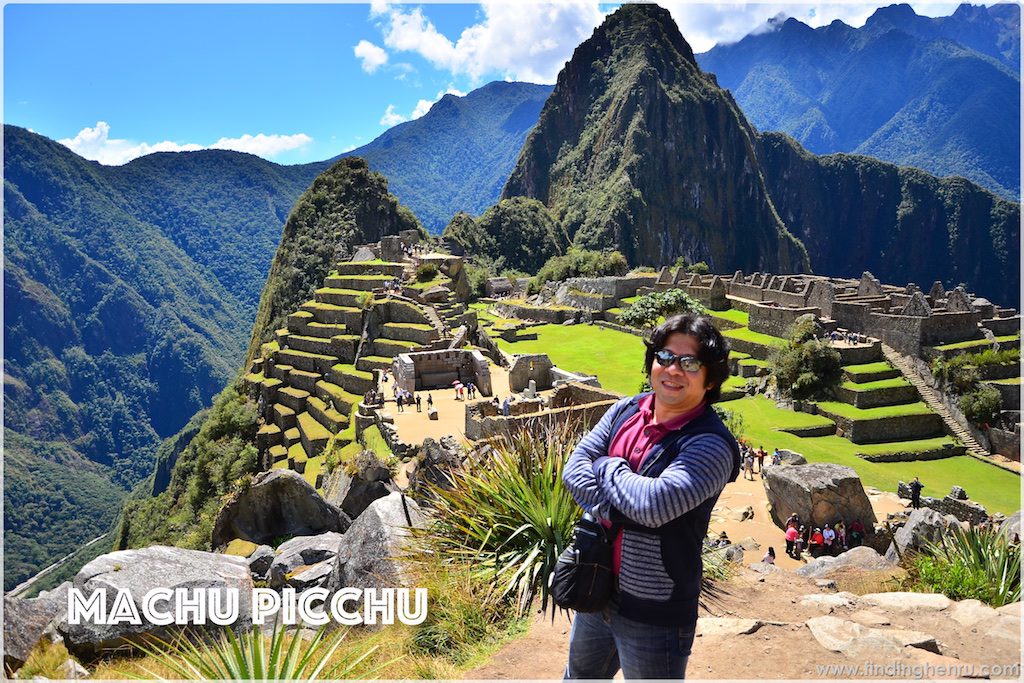
The first location we are into is part of the agricultural area. As per our guide, Incas are growing crops according to seasons. Then we walk towards the entrance gate of the urban area. It is a huge trapezoidal opening at one side of Machu Picchu. The opening directly connects to the Sun Gate or Inti Punku. The Sun Gate is the official entry point to Machu Picchu from the Inca Trail. Some tourists are taking the Inca Trail in going to Machu Picchu. It takes at least four days of trekking from Kilometer 81.
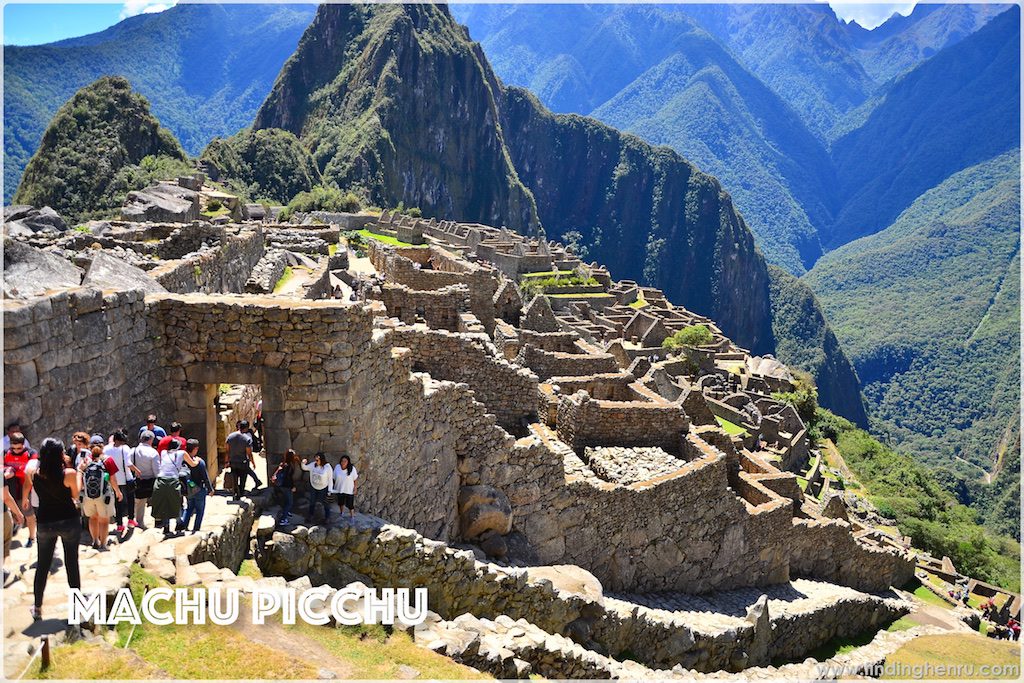
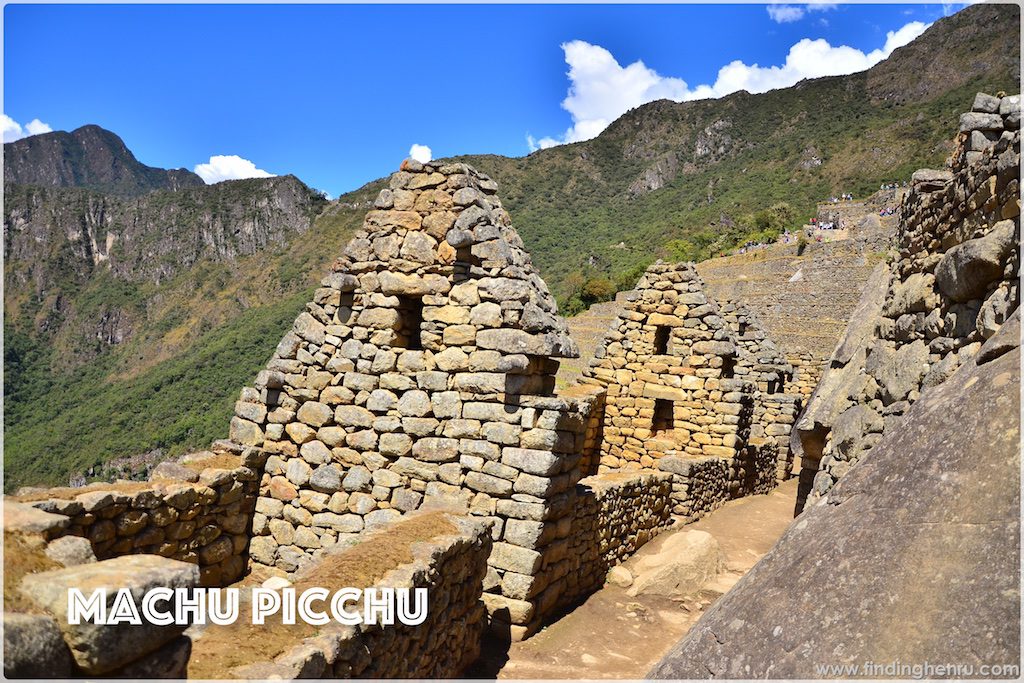
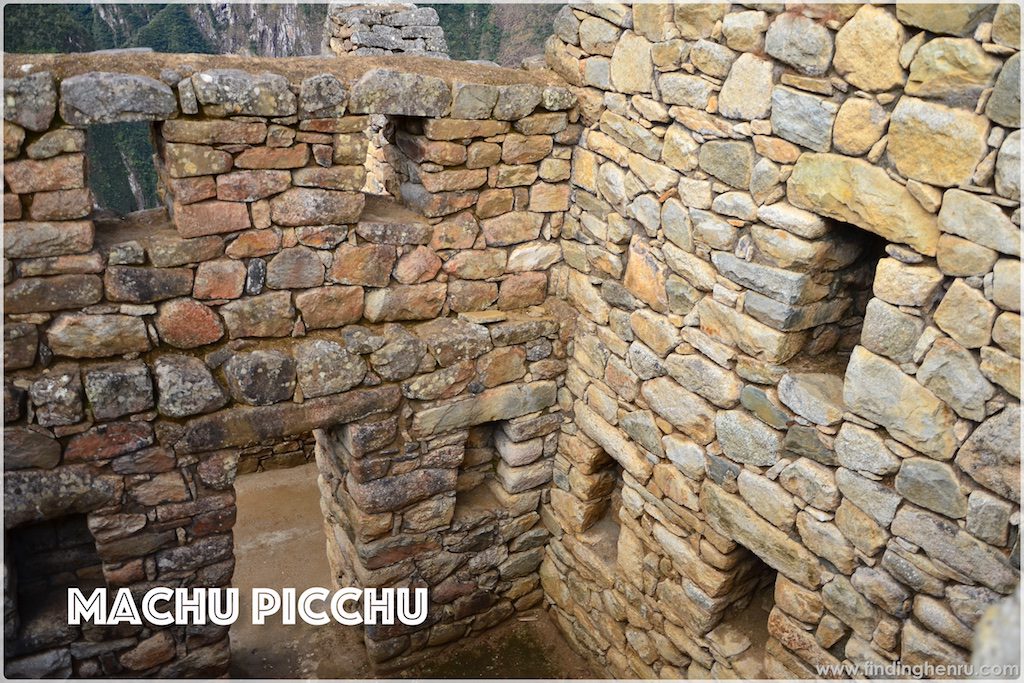
Near the entrance of the urban area are the residential areas. You can easily identify the houses from its structures that remain intact. The building uses mix of adobe and stones to form a structure. Some of the houses are of two storey’s high too. As usual, they also feature the famous Inca trapezoidal doors and windows.
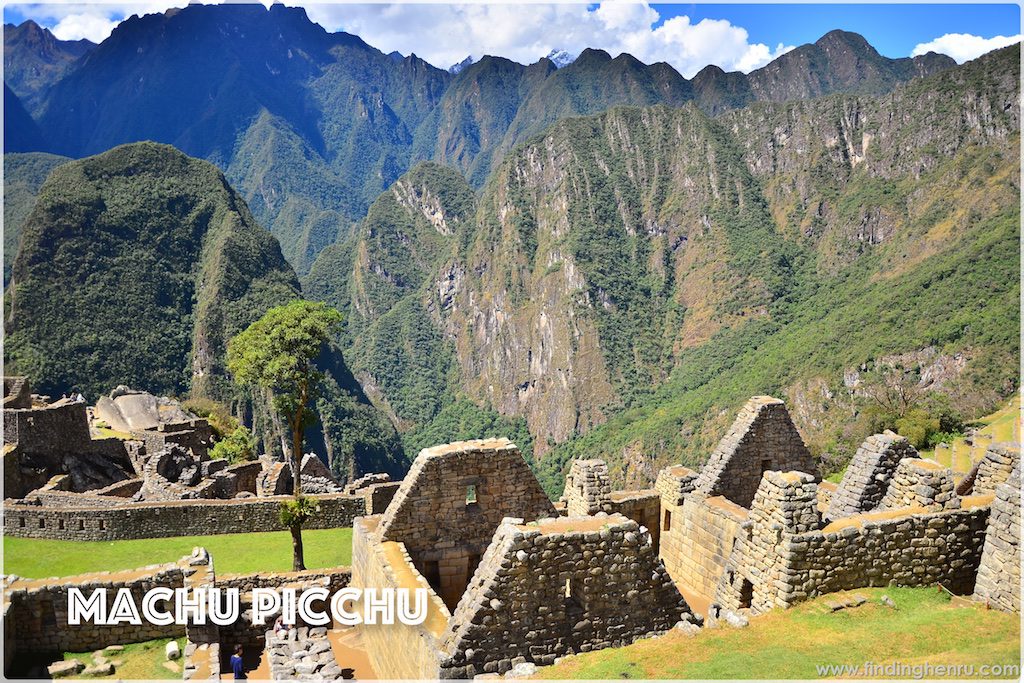
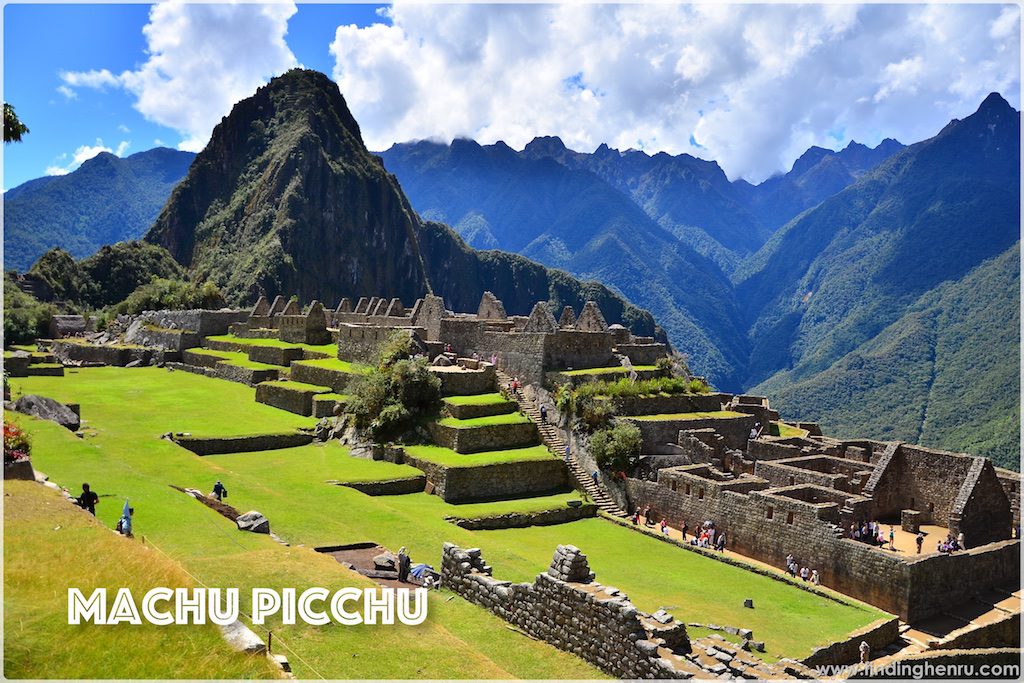
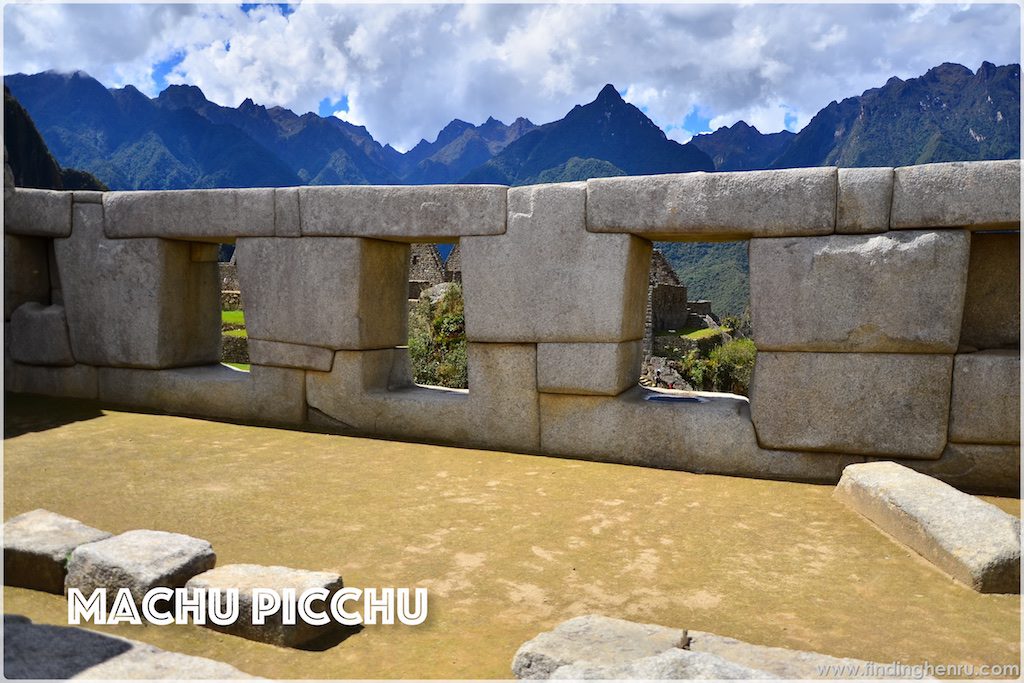
Walking along the complex, we climb up to the temple of the three windows. Near the temple is also a garden featuring several plants they grow in Machu Picchu. Coca plant is really part of their regularly grown plants in the complex. There is also a portion of the temple where earthquake destruction is evident. Some of the stones are usually fit and attach to one another is now having spaces in between. As we all know, Peru is also earthquake prone country. However, Inca creations are really that stable despite the stronger earthquakes in the country, their structures are still standing.
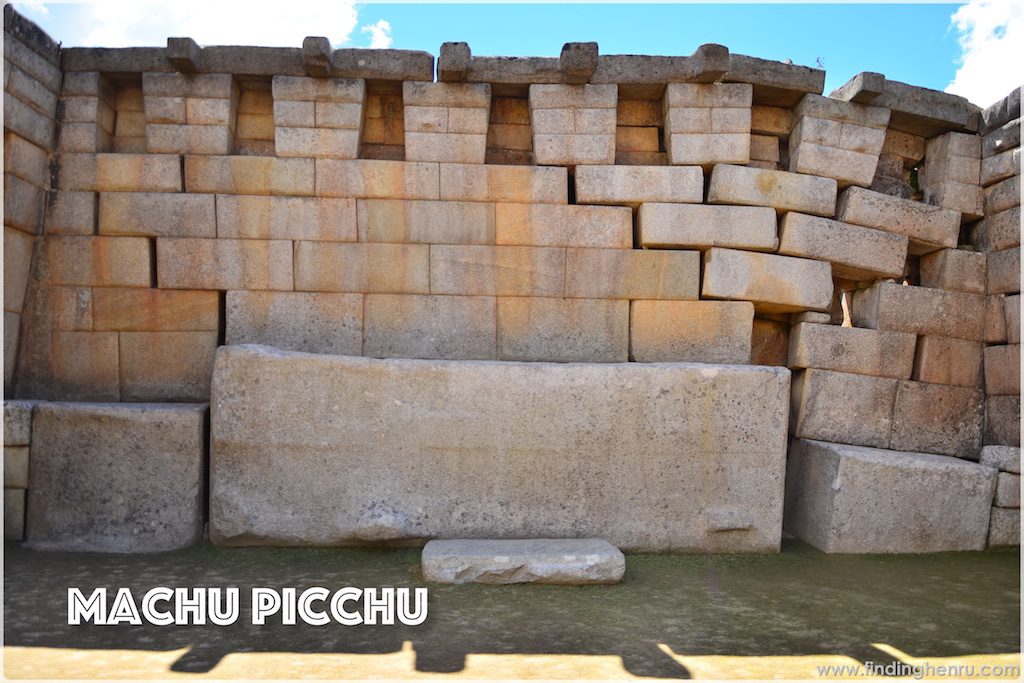
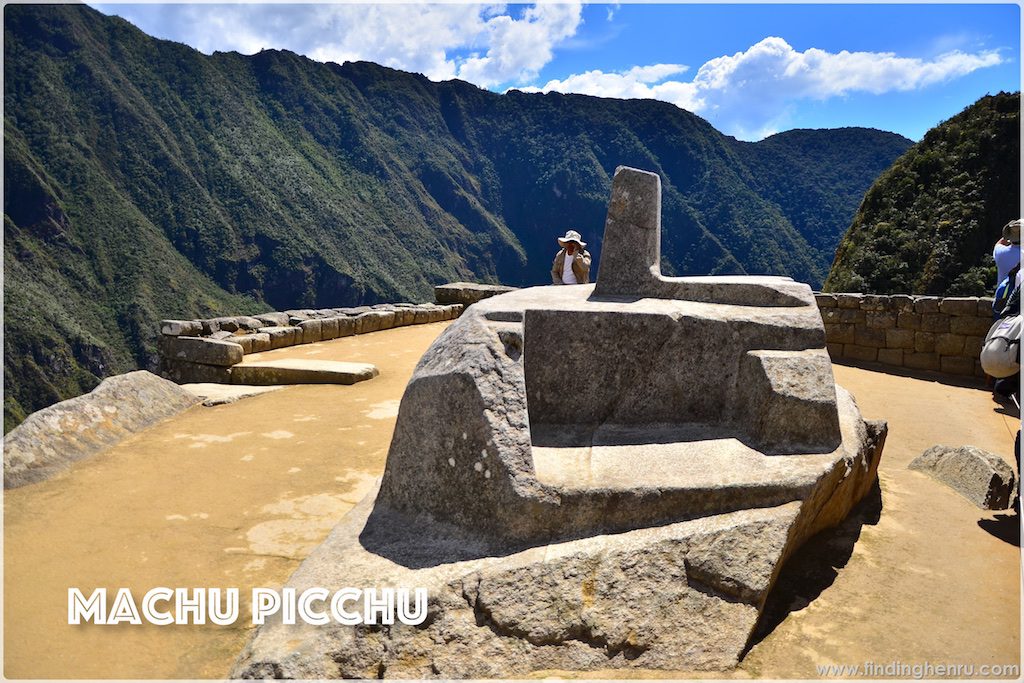
For every Inca complex, they always have this astronomical observatory portions. As they are worshipping the Sun God, they always keep track of the astronomical activities. In fact, the Sun Gate is really relevant in building Machu Picchu as during summer solstice, as per our guide, the sun rises at the entrance of the Sun Gate and shines directly to the complex.
From the observatory, we walk down towards the entrance to Huayna Picchu. Along the way, there are several Alpacas in the area. Most of the tourists enjoy the photo opportunities with these adorable cuties. They are just around the area. You may also come close to them though there are several portions of the main square where it is off limits to tourists.
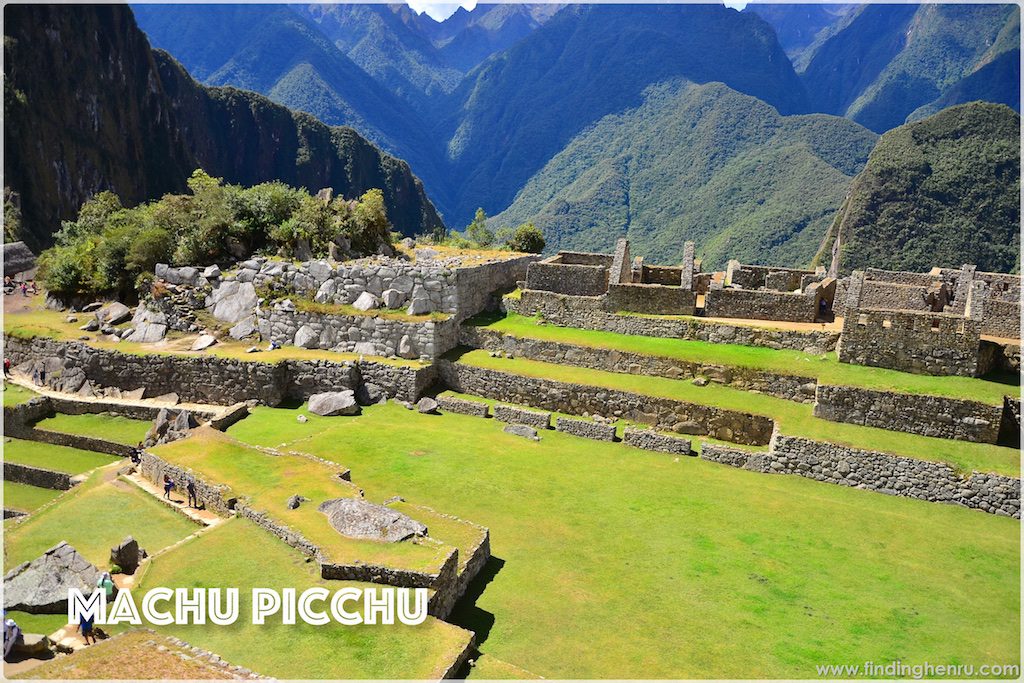
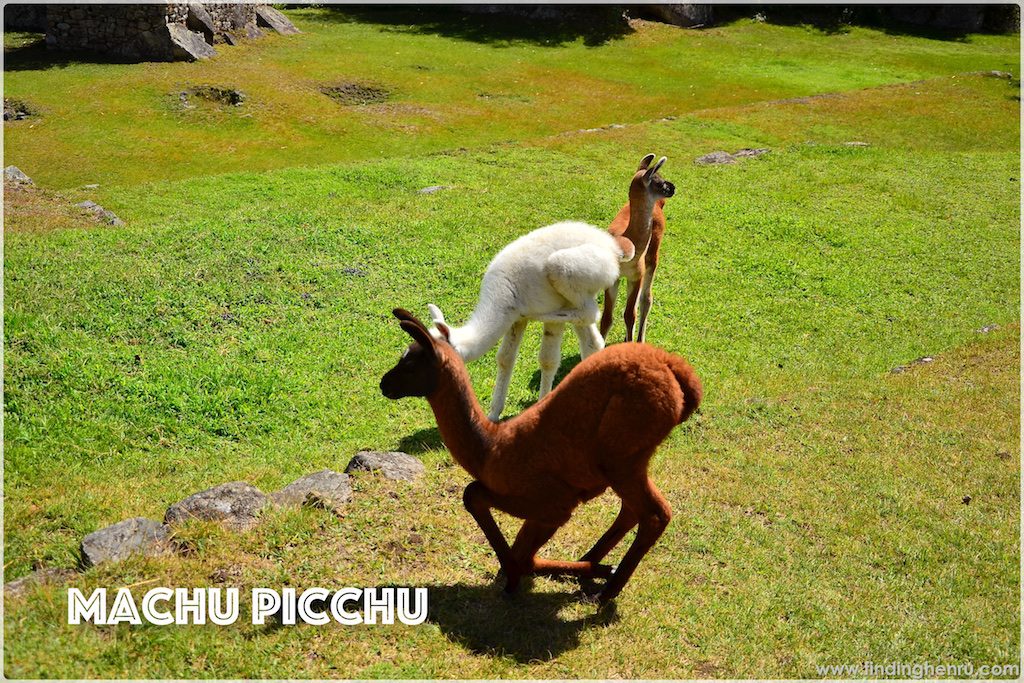
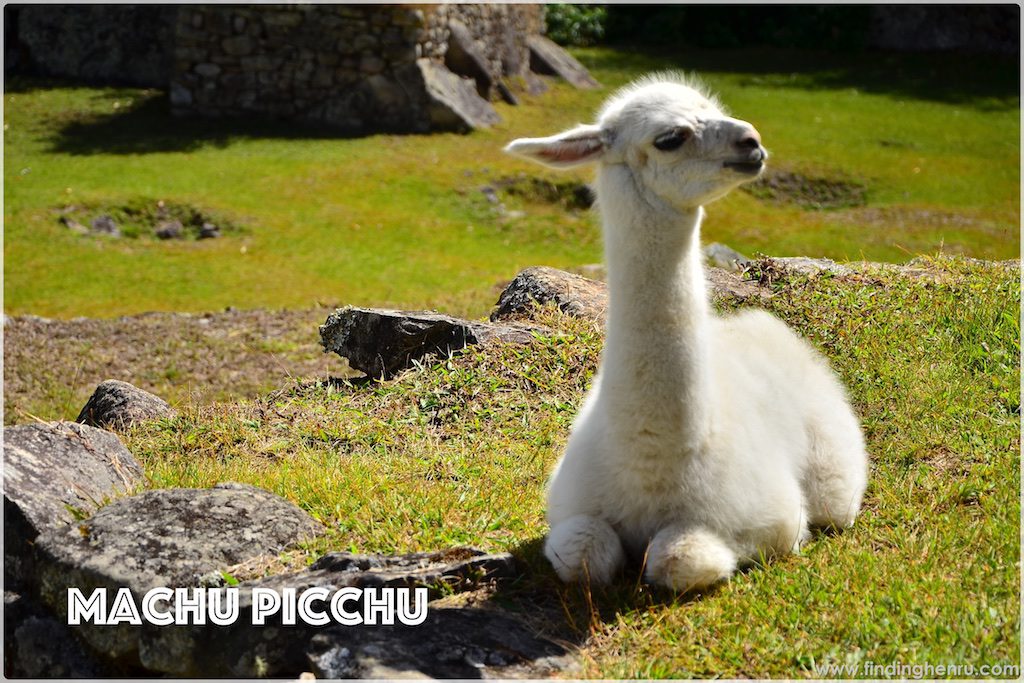
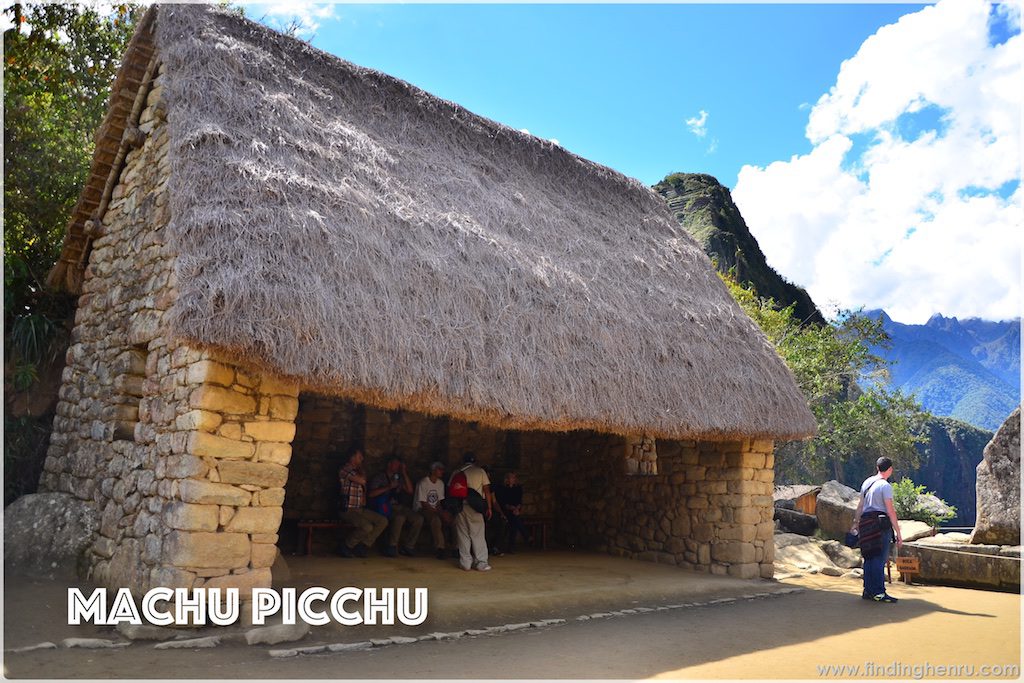
There is a resting area near the entrance of Huayna Picchu. The building is similar to the residential structures in Machu Picchu. This typical building resembles that of the original houses in the complex. We take a quick rest there before continuing our tour.
We are more than half of our itinerary. It is past noontime and I am quite hungry. I only have water with me and nothing else. Anyway, we are almost at the end of our tour so my tummy can wait.
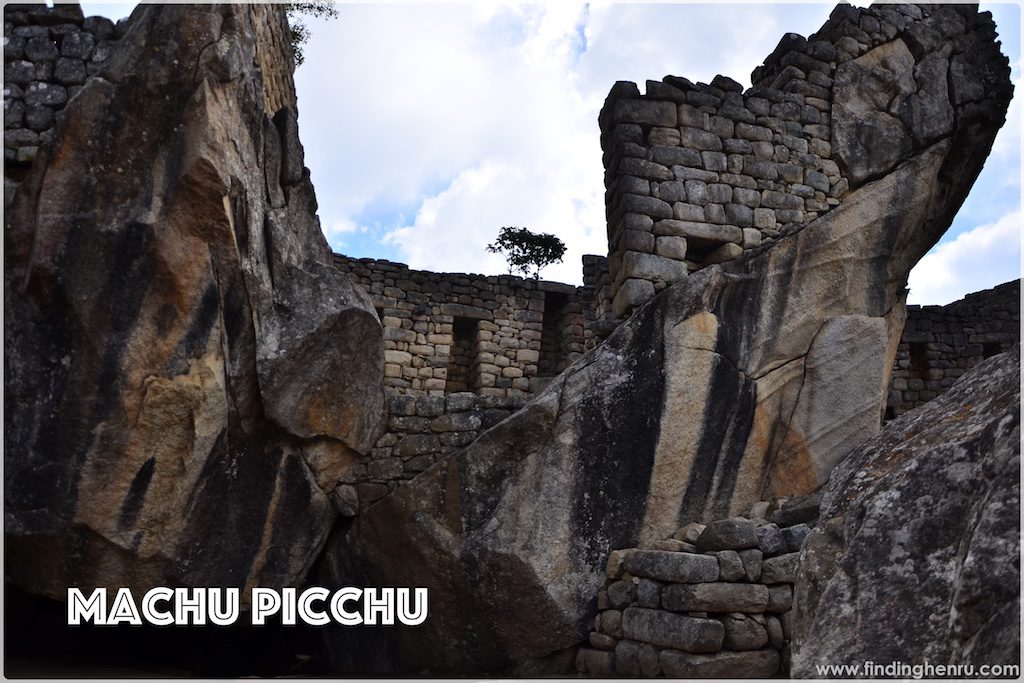
We continue to the Temple of the Three Doors. Another residential area and most of the buildings are two-storey houses. A short walk is the Temple of the Condor. As per our guide, sacrifices usually take place in this area. The temple is basically surrounded by some residential buildings too.
A short walk from the Temple of the Condor is the canal that is still existing and functioning. As per our guide, Incas have a good engineering when it comes to irrigating the whole complex. They build canals for the agricultural sector as well as water source for the residential areas. The canals are interlocking stones that have carvings at the center. The stone canals provide sturdy foundation thereby preventing soil erosion at the complex.
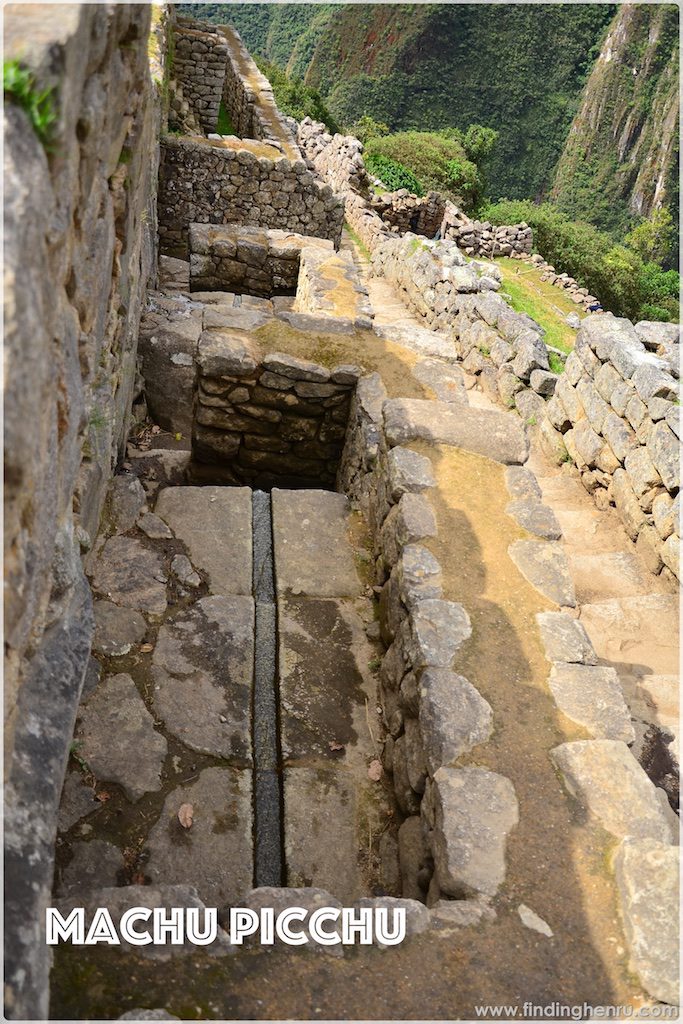

That completes our Machu Picchu complex tour. Our guide takes us back to the tourist entrance/exit gates. At the exit gate, our guide asks us if we want to stamp our passports with the Machu Picchu stamp so we may fall in line together with other tourists. It is for free.
They also allow re-entry to the complex by presenting the ticket together with the passport up to maximum of two entries only. That is good since they don’t have any washrooms inside the complex. There are also no vendors inside so if you need to buy food and water, you need to go back to the entrance gates.
The complex will open as early as 5am because some of the tourists are coming that early to experience the sunrise in Machu Picchu. And as early as 4am, there are people already on queue for the bus going up the complex too.
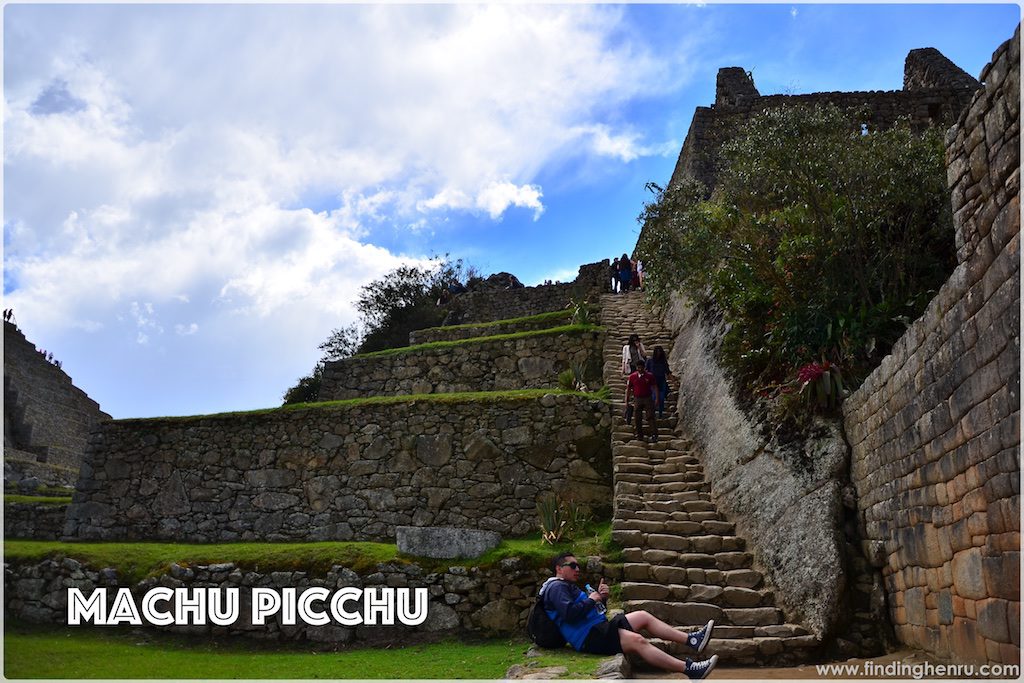
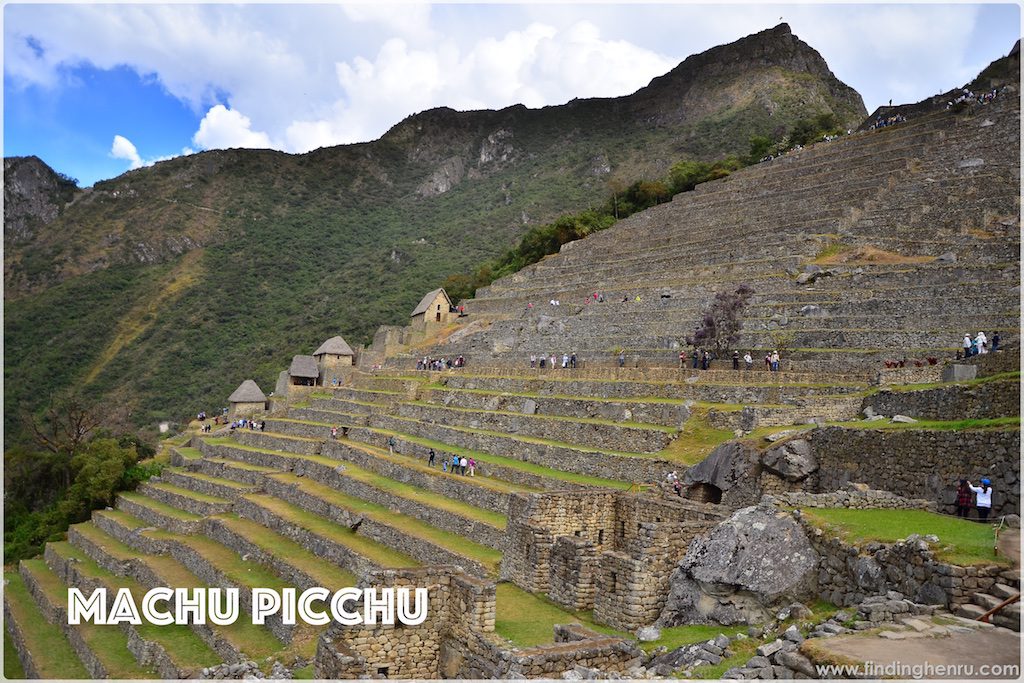
As part of the itinerary, I suppose to have a buffet lunch after our Machu Picchu complex tour but I ask our guide to re-schedule my booking the following day since I will not come with them back to Aguas Calientes. I plan to trek to the Sun Gate since I still have enough time to do it. I just have a quick restroom break, buy myself water and some food for my trek to Inti Punku.
My group takes the bus going back to Aguas Calientes since they are only for a Day Tour to Machu Picchu and they need to catch the train back to Cusco. While I am busy preparing myself for a long walk to the Sun Gate, I try to buy some sandwiches however, the server is taking so long that it really is time consuming so I decide to leave.
Now, off to the Sun Gate…
Been here: August 14, 2015
Latest posts by Henru (see all)
- 42KM @ 42 – Cebu City Marathon 2023, The CCLEX Experience - January 8, 2023
- BATAAN… Mt. Natib - June 12, 2017
- BENGUET… MT. PULAG (AMBANGEG TRAIL) - March 17, 2017

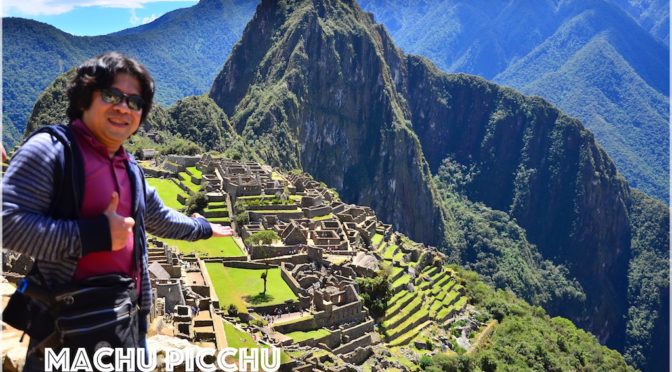
maybe you can try it now